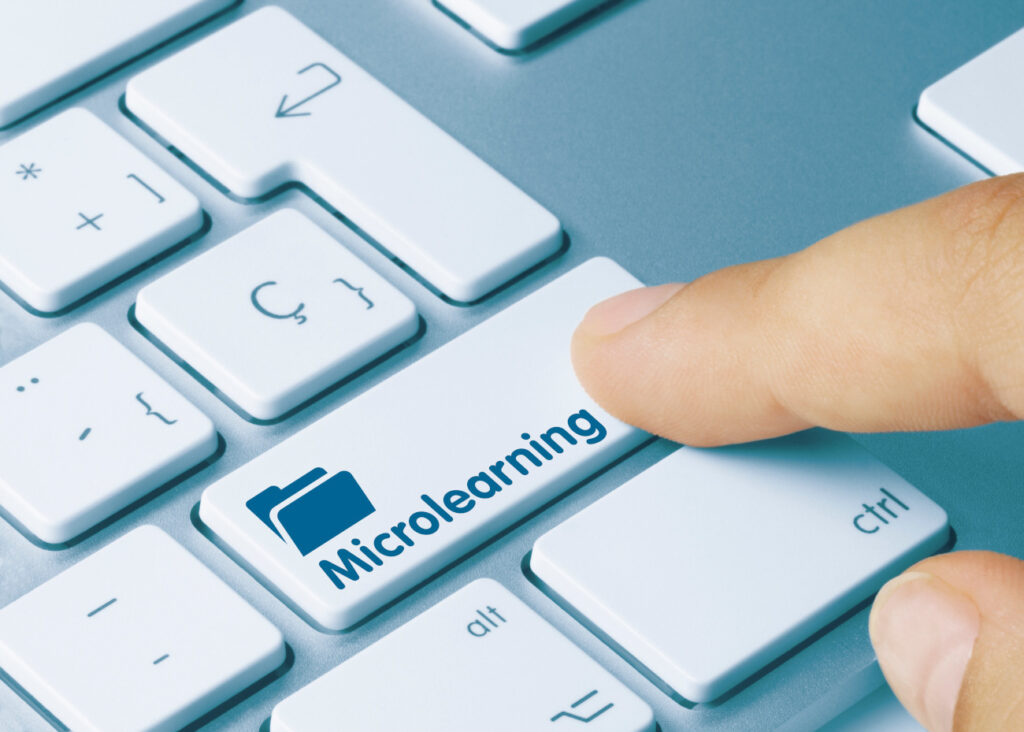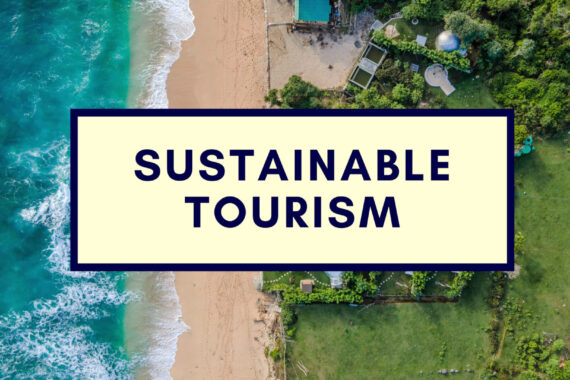Trending In affordable microlearning modules for travel students
Ever wondered why we can’t live without watching Reels?
With its short format, it is perfect for any time we have a few minutes free. And the videos pack a big punch in a very small package making them irresistible.
What if you could use the same method not just for entertainment but to learn new things?
What if you could take a class, but instead of sitting for an hour, just for a few minutes at a time?
With Microlearning, you can do just that and much more.
So whether you are a working professional, a student, or someone with a passion for the travel business – all you need is a few minutes and you can get started with micro-learning to improve your knowledge & skills. And the best part is – no more snoozing at the end of the lecture – you will be energized & ready for more after each lesson.
Microlearning is a teaching method that breaks down content into small, digestible chunks. These chunks are usually 3-10 minutes long and can stand alone or be connected. It is designed to reduce learner fatigue and improve information retention.

Microlearning has become popular due to the growth of social media and the use of smartphones as people can learn on the go, wherever they are and whenever they have some time available.
Microlearning is popular in online travel education for several reasons:
- Quick & Simple

The average microlearning lesson duration is 5-10 minutes. For example, a short video tutorial on how to pack a suitcase may be only 2-3 minutes long. On the other hand, a gamified lesson on travel planning and booking maybe 10-15 minutes long.
2. Effective

Microlearning lessons are to the point and contain actionable information that you can use immediately. This helps you to stay engaged and avoid information overload.
For example, a Trip Planning module can be broken down into 5-7 learning units like Choosing a destination, Setting a budget, Booking flights and accommodation, Planning an itinerary, Obtaining a visa, etc. Each unit may be further broken down into shorter lessons if required.
3. Engaging and Interactive

It uses storytelling, humor, games, and other techniques to keep learners interested and motivated. The information is presented using different formats that are best suited for the topic. These include:
- Video tutorials
- Interactive quizzes
- Gamified lessons
- Infographics
- Podcasts & Webinars
4. Affordable

Microlearning programs are often priced on a per-course or per-module basis. This gives you the flexibility to choose the courses and modules that are most relevant to your needs and budget. The average cost is typically between Rs 100 and Rs. 500 per module. The more specialized modules can cost Rs.1,000 or more.
Some of the most popular microlearning travel modules are:
- Travel planning to choose a destination or how to pack a suitcase.
- Travel budgeting that sets a budget for a trip and sticks to it.
- Travel safety on how to avoid scams and how to deal with emergencies
- Language learning to communicate with locals while traveling.
- Cultural learning helps to avoid cultural faux pas and have a more immersive experience.
- Food and travel about the food traditions of different destinations & finding the best places to eat
- Travel photography to take great travel photos
- Travel writing that teaches you to write about travel experiences, so you can start a blog
As Steve Jobs said – “Learn continually, there’s always ‘one more thing’ to learn”
And with the massive change that we are seeing in the travel industry you need to keep up with the
latest trends and technologies. Microlearning gives you the unique opportunity to learn along
with your daily life, and gain new skills that will help you in your career. So try it out and see
how quickly you start benefiting.




